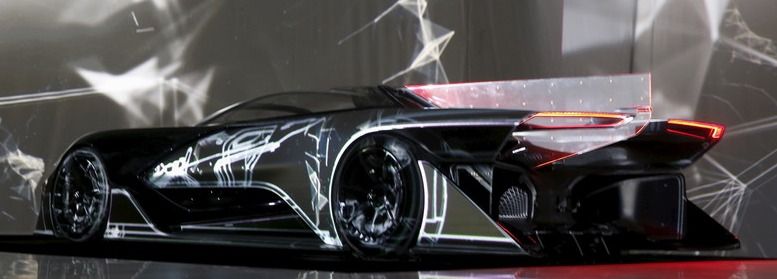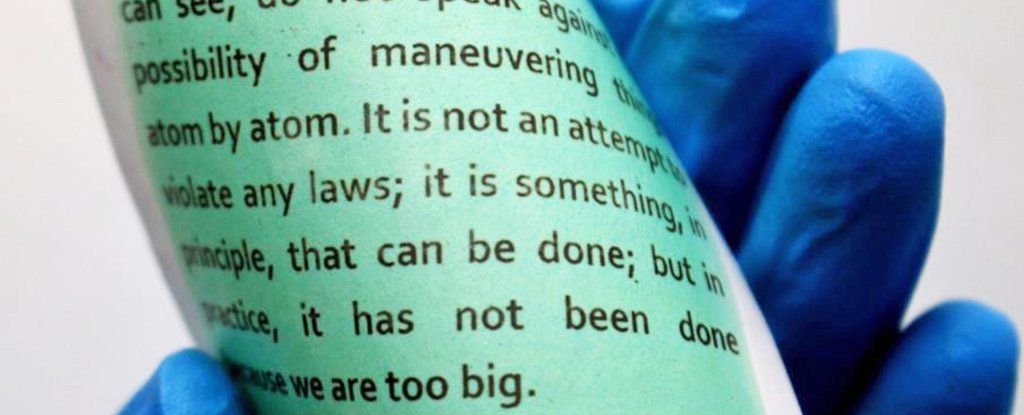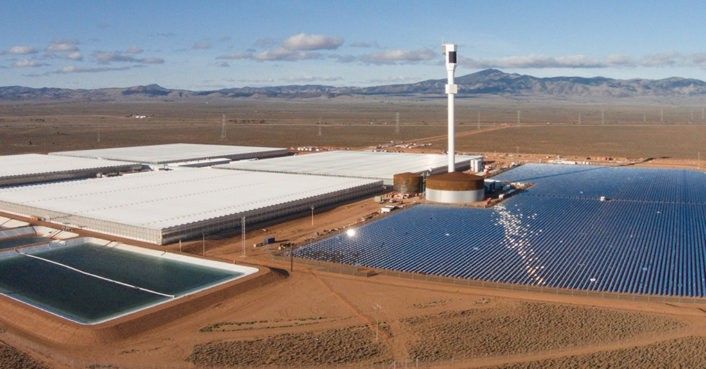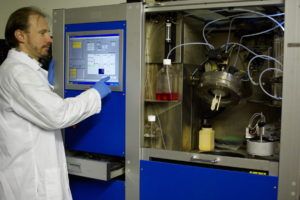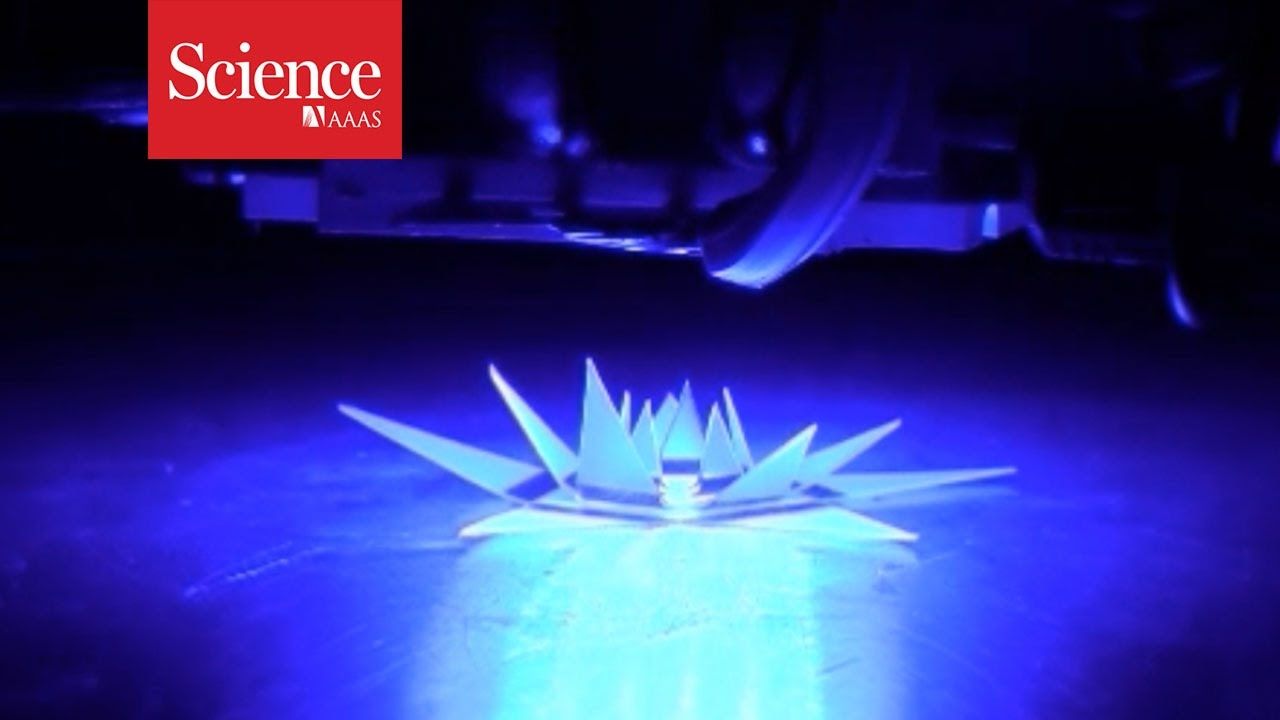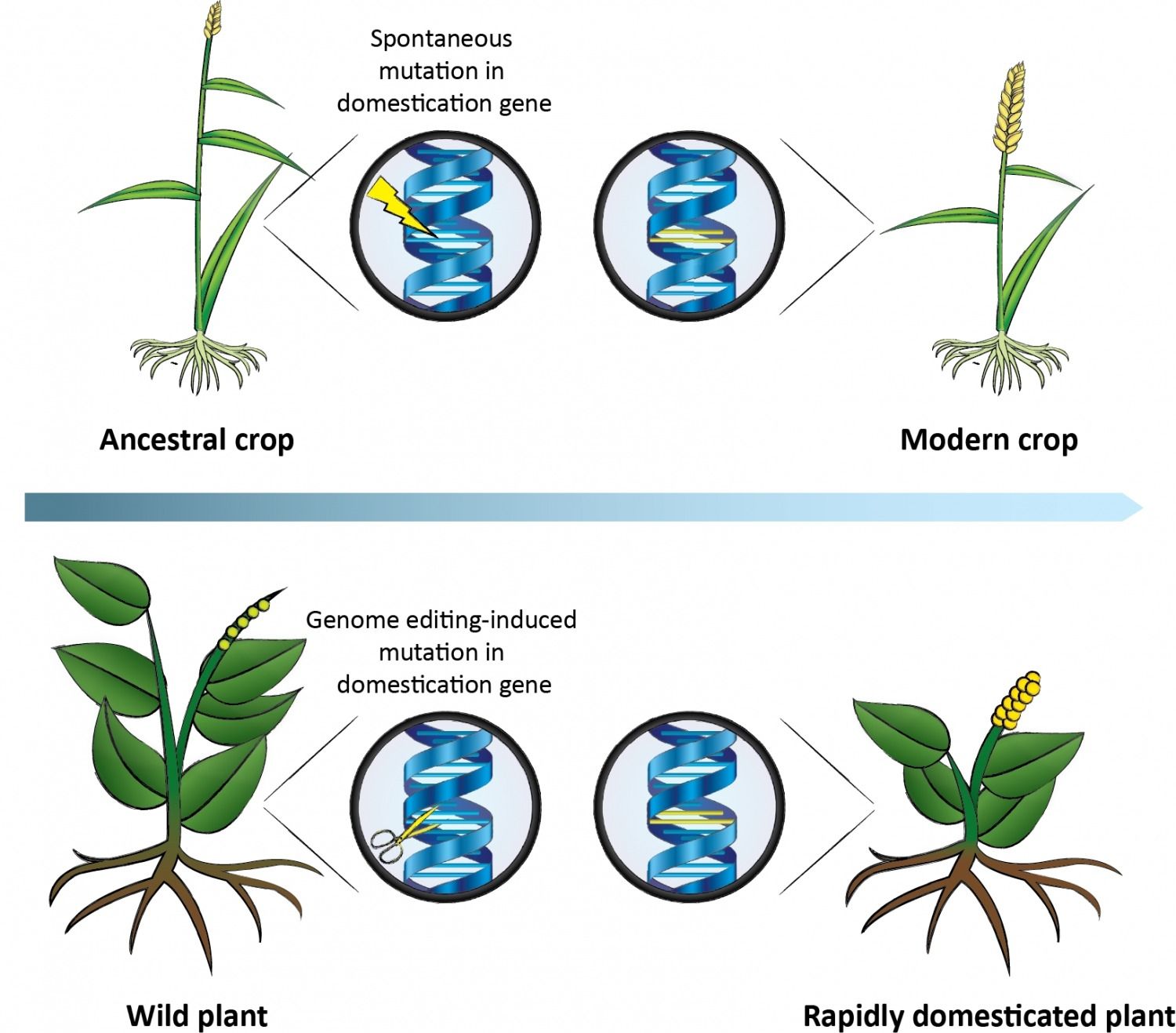Mar 15, 2017
Blockchain can dramatically reduce pollution and traffic jams
Posted by Philip Raymond in categories: bitcoin, cryptocurrencies, Elon Musk, energy, environmental, futurism, sustainability, transportation
The World Economic Forum has posted an article that hints at something that I have also suggested. (I am not taking credit. Others have suggested the idea too…But advancing tech and credible, continued visibility may help us to finally be taken seriously!)
I am not referring to purchasing and retiring carbon credits. I like that idea too. But here is a blockchain idea that can enable fleets of autonomous, shared, electric vehicles. Benefits to individuals and to society are numerous.
The future is just around the corner. Non-coin applications of the blockchain will support many great things. Goodbye car ownership. Hello clean air! The future of personal transportation.
Continue reading “Blockchain can dramatically reduce pollution and traffic jams” »
